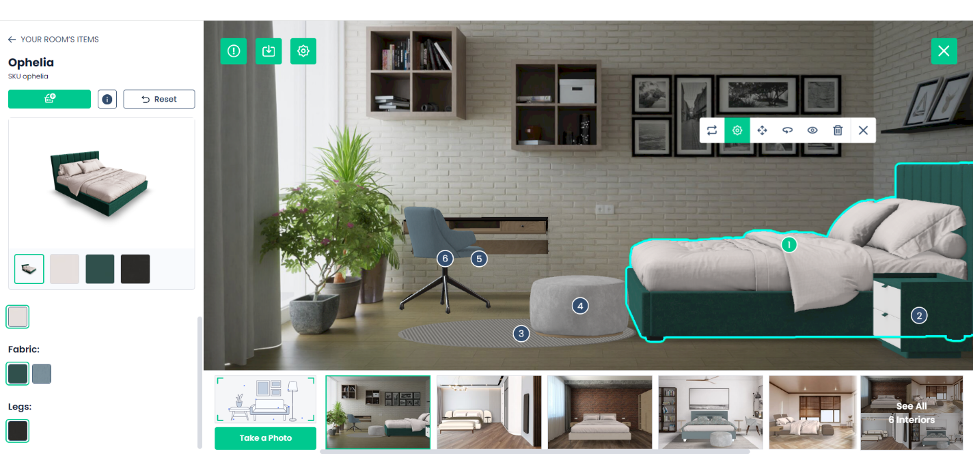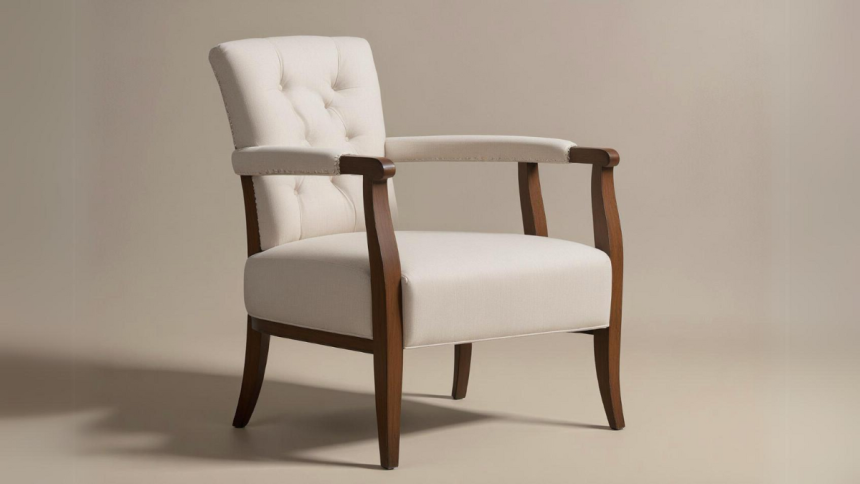E-commerce has undergone a significant transformation, becoming more personalized than ever before. A key innovation driving this change is the furniture configurator. This tool allows users to customize furniture online in real-time, tailoring pieces to their exact style and preferences. Once a feature exclusive to high-end brands, furniture configurators are now widely accessible across e-commerce platforms, thanks to technological advancements. This accessibility enhances the shopping experience, offering everyone the opportunity to engage in interactive and personalized shopping directly from their devices.
The Rise of Furniture Configurators
The evolution of product customizers from basic text-based tools to advanced AI-driven platforms highlights the swift progress in technology and its impact on the online shopping experience. Modern consumers now enjoy highly personalized, interactive, and immersive shopping experiences, making it easier than ever to customize and purchase products online.
Initially, text-based configurators allowed customers to select options like color, size, and materials through dropdown menus. These were instrumental in the Configure, Price, Quote (CPQ) process but lacked visual appeal akin to traditional catalogs.
The transition to visual configurators introduced 2D representations of customized products. Using static images or simple graphics, these configurators enabled customers to visualize different customization options.
The integration of interactive 3D models marked a significant advancement in product representation. Customers could now view products from multiple angles, zoom in on details, and make informed decisions, bridging the gap between online shopping and physical retail experiences.
Augmented Reality and Virtual Reality have significantly advanced the functionality of furniture configurators. AR enables customers to overlay virtual products onto their real-world settings, while VR delivers fully immersive experiences, allowing users to interact with products in a simulated environment. These technologies not only enhance engagement but also offer a more realistic preview of customized items.
The integration of artificial intelligence has further refined product customization within configurators. AI algorithms analyze user data and past behaviors to suggest personalized product recommendations. This level of personalization enhances the shopping experience by offering tailored options based on individual preferences and trends.
Platforms like Shopify and BigCommerce have played a crucial role in integrating 3D product configurators into e-commerce ecosystems. These platforms offer comprehensive tools for businesses to create immersive and customizable shopping experiences, driving engagement and conversion rates.
Recent Innovations and Their Impact
3D furniture configurators are poised to revolutionize e-commerce, offering numerous benefits for businesses:
- Imagine a scenario where customers can discover furniture effortlessly by uploading a photo. Advanced AI capabilities are paving the way for visual search functions within configurators. This exciting development will allow users to upload images or describe visual preferences to quickly find matching products. By simplifying the shopping experience, this feature promises to make decision-making faster and more intuitive. Ultimately, it aims to increase conversion rates and enhance customer satisfaction by offering a more personalized and efficient way to shop for furniture online.
- AI-powered virtual showrooms are set to transform the e-commerce landscape. These digital spaces allow users to arrange and rearrange furniture within a simulated environment, experimenting with different layouts, colors, and styles. This interactive experience engages customers more deeply and helps them visualize how products will look in their own spaces, reducing the likelihood of returns and enhancing the overall shopping experience.

- Integrating 3D configurators with business management systems is a game-changer for e-commerce operations. When customers use these configurators to customize furniture, the integration ensures that inventory levels are automatically updated in real-time. This means businesses always know what’s in stock and can avoid overselling or stockouts, which can lead to disappointed customers. Moreover, the system streamlines order processing. Once a customer finalizes their customizations, the configurator seamlessly sends the order details to the backend system for immediate processing. This automation reduces the need for manual intervention, minimizing errors and speeding up the fulfillment process.
- Adopting 3D furniture configurators can give your e-commerce business a competitive edge. As more consumers expect personalized and interactive shopping experiences, providing these capabilities can set you apart from competitors who are slower to adopt new technologies. Staying ahead of the curve in e-commerce technology can attract more customers and increase market share.
- By offering these advanced features, 3D furniture configurators can significantly boost customer engagement. The ability to personalize and visualize products in real-time makes the shopping experience more interactive and enjoyable. Satisfied customers are more likely to make repeat purchases and recommend your store to others, driving long-term business growth.
Conclusion
The evolution of 3D furniture configurators in e-commerce represents a significant advancement in how businesses interact with customers and manage operations. By integrating AI-powered visual search, configurable AI virtual showrooms, and seamless business system integration, these tools offer an enhanced shopping experience that is both engaging and efficient. E-commerce businesses that adopt these technologies can expect to see improved customer satisfaction, higher conversion rates, and a competitive edge in the market. As technology continues to evolve, staying ahead of these trends will be crucial for maintaining and growing your e-commerce presence. The future of furniture shopping is here, and it’s more interactive, personalized, and efficient than ever before.
Lynn Martelli is an editor at Readability. She received her MFA in Creative Writing from Antioch University and has worked as an editor for over 10 years. Lynn has edited a wide variety of books, including fiction, non-fiction, memoirs, and more. In her free time, Lynn enjoys reading, writing, and spending time with her family and friends.















